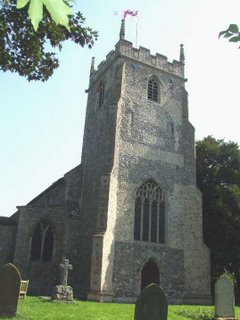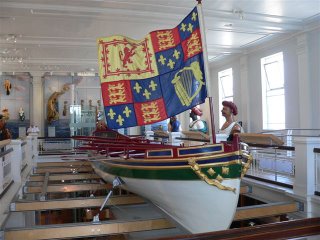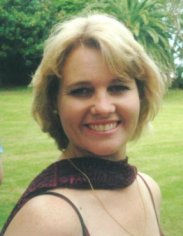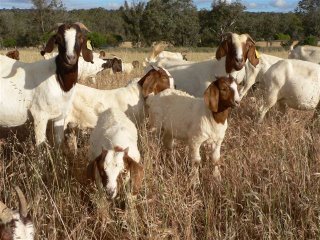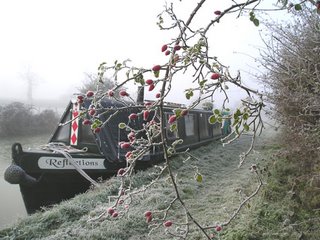 ‘I’ve no idea how the working boatwomen managed to crochet with hands chapped and roughened by the cold and wet.’
‘I’ve no idea how the working boatwomen managed to crochet with hands chapped and roughened by the cold and wet.’Elizabeth Bryant, lace-maker extraordinaire describes herself as a Jack-of-all-trades, Master-of-non, despite her ‘Master’ accreditation in Cabin Lace.
Over the years Liz has turned her hand to many crafts, glass etching, stained glass and painting, to mention a few. ‘At one time I sold Victorian Peg People in Liberty in London,’ Liz said. ‘Children with kites or hoops; ladies with parasols. I also made models of several well-known smugglers, as well as thatched cottages, oast houses and churches. I enjoyed researching the smuggling history of the south east of England.’
But when Liz and husband, Paul bought a share in a narrowboat, she read up about the lives and skills of the working boatwomen. ‘I felt it was really important not to let them die out unappreciated. The Waterway Craft Guild does a lot to keep the old canal skills alive,’ she said. And it was through the Guild that she applied to become a ‘journeyman’ in the craft of Crochet and Cabin Lace.
Liz says she was most surprised when she was accredited a ‘Master’ and now, despite her vision impairment, tries to be worthy of the title by spreading the tradition as much as possible.
Today Liz and Paul have their own ‘project’ boat, Reflections. She says that when her husband has time from making double basses, ‘cellos and violas, they enjoy the beauty of the Inland Waterways.
The photo of Reflections was the one Liz used last year as a Christmas card.
It’s an ideal seasonal picture with the narrowboat crusted in a layer of frost. But Liz says, ‘Breaking sheets of thin ice on the canals is very musical, but frozen ropes hurt my hands. I’ve no idea how the working boatwomen managed to crochet with hands chapped and roughened by the cold and wet.'
Another article about Liz’s work was posted earlier. You can find out more about Liz and her lacework at http://www.englishcrafts.co.uk/
Also read about Paul Bryant, who 30 years ago taught himself to make violins. Today Paul specializes in basses and his instruments are found in many British orchestras. http://www.bryantbasses.co.uk
